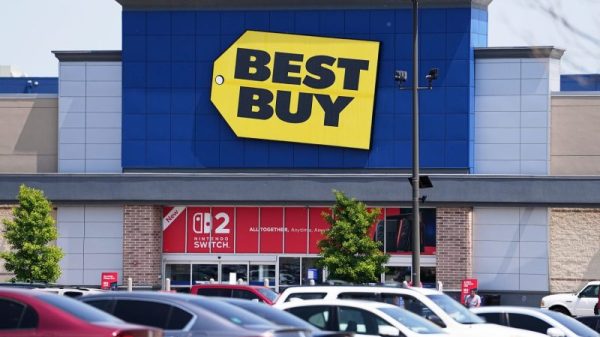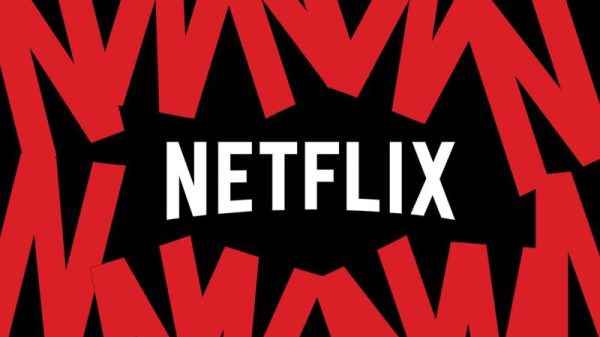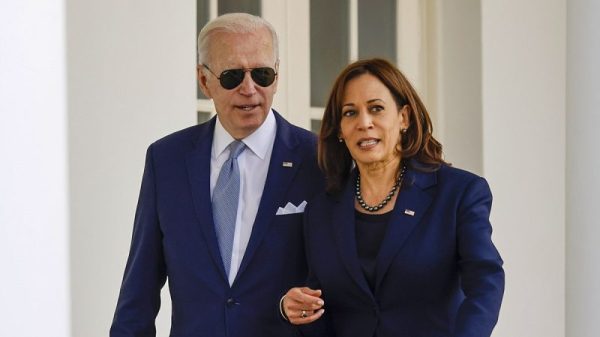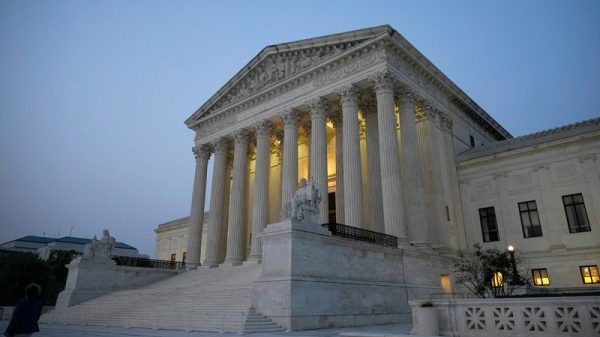In a rapidly digitizing world where access to the internet is essential for education, work, and staying connected, the issue of affordability remains a significant barrier for many low-income households. Lawmakers across the United States are pushing to revive low-income broadband subsidies to ensure that all individuals have equitable access to the internet.
The COVID-19 pandemic has further highlighted the importance of reliable internet access for remote work, virtual learning, telehealth services, and social connections. However, many families struggle to afford broadband services, causing them to be left behind in an increasingly digital society. Recognizing this disparity, legislators are advocating for the revival of programs that provide subsidies for low-income households to access affordable broadband services.
As providers pivot to meet the increasing demand for internet services, there is a renewed emphasis on bridging the digital divide and ensuring that no one is left offline. By reinstating and expanding low-income broadband subsidies, lawmakers aim to make internet access more accessible and affordable for those who need it most. These subsidies can help alleviate the financial burden on families struggling to make ends meet while also promoting digital inclusion and equity.
One proposed solution is to modernize existing broadband subsidy programs to better reflect the current needs and challenges faced by low-income individuals and families. By increasing the subsidy amount, expanding eligibility criteria, and streamlining the application process, more households can benefit from affordable internet access. Additionally, there is a call for greater transparency and oversight to ensure that subsidies are reaching those who need them most.
Moreover, lawmakers are also exploring partnerships with broadband providers to create innovative solutions that address the unique challenges faced by low-income communities. By leveraging public-private partnerships, policymakers can work with industry stakeholders to develop sustainable and scalable initiatives that expand access to affordable broadband services. These collaborations can lead to the development of targeted programs, such as discounted plans or free equipment for low-income households.
In conclusion, the push to revive low-income broadband subsidies reflects a growing recognition of the digital divide and the need to ensure that all individuals have equitable access to the internet. By modernizing existing programs, fostering partnerships with broadband providers, and advocating for greater transparency, lawmakers seek to bridge the gap and empower underserved communities with the tools they need to thrive in an increasingly digital world. Through these efforts, access to affordable broadband services can become a reality for all, fostering greater inclusion and opportunities for those who need it most.


































